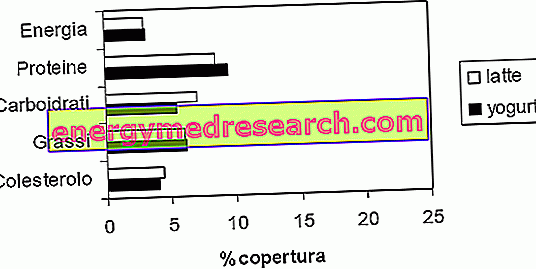Oligosaccharides are carbohydrates formed by the union of a relatively small number of monosaccharides (from 3 to 10 units, while other authors also include disaccharides and sugars up to a maximum of 20 monosaccharide units). Among the most common monosaccharides we mention glucose, fructose, galactose, mannose and ribose. Examples of oligosaccharides are instead given by maltotriose and by fructo-oligosaccharides. The first derives from the digestion of starch and consists of three glucose monomers held together by α 1-4 bonds. Fructooligosaccharides (FOS), still of vegetable origin, are instead mainly composed of D-fructose units joined by β-glycosidic bonds (1-2).
Stachiosio, verbascose and raffinose are other oligosaccharides quite common in the plant world; raffinose is a trisaccharide (glucose, fructose and galactose), while stachiosio (glucose, galactose, galactose, fructose) and verbascose (galactose, galactose, glucose, fructose) are tetrasaccharides. These oligosaccharides are contained in legumes and are responsible for flatulence, as indigestible and non-absorbable by humans, but fermentable at the level of the large intestine by the resident microbial flora. Other oligosaccharides, such as the aforementioned FOS and inulin, promote the growth of symbiotic intestinal bacteria, useful for promoting the health of the entire organism; these oligosaccharides are called prebiotics.

So far we have talked about oligosaccharides of vegetable origin; in animals, including humans, these sugars are mostly associated with fats and proteins, with which they form glycolipids and glycoproteins. These molecules, mostly located at the level of cellular membranes, can act as a signal for recognition between cells, from receptors for hormones and neurotransmitters, or even as antigens; this is the case, for example, of the antigenic glycoproteins of the AB0 system: blood groups A and B differ in the presence of two different oligosaccharides - glycolipids in the plasma membrane of red blood cells, the AB group possesses both, while the group 0 none of two.



